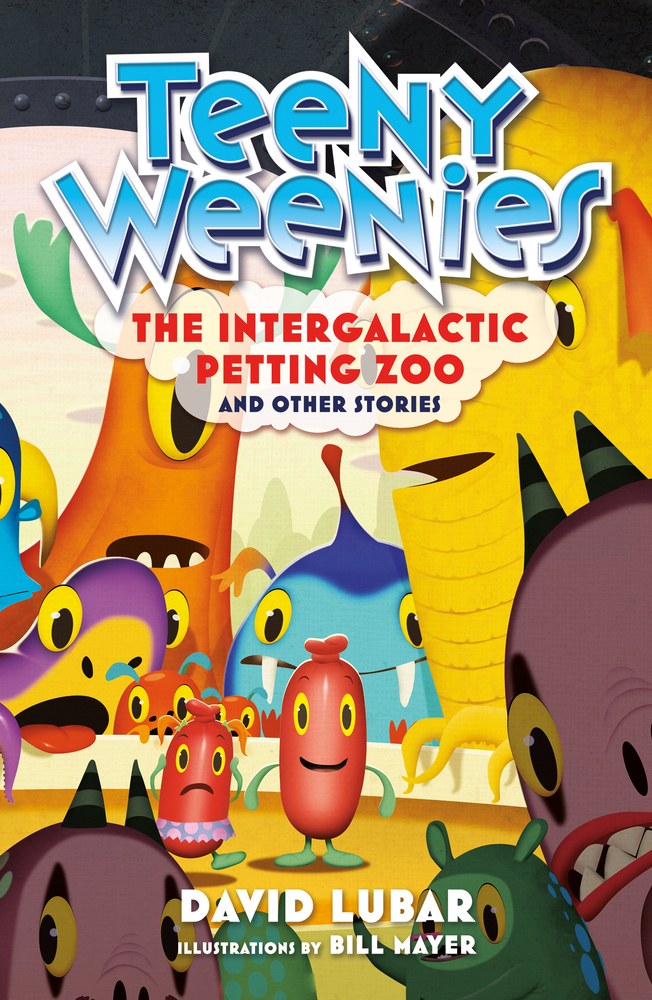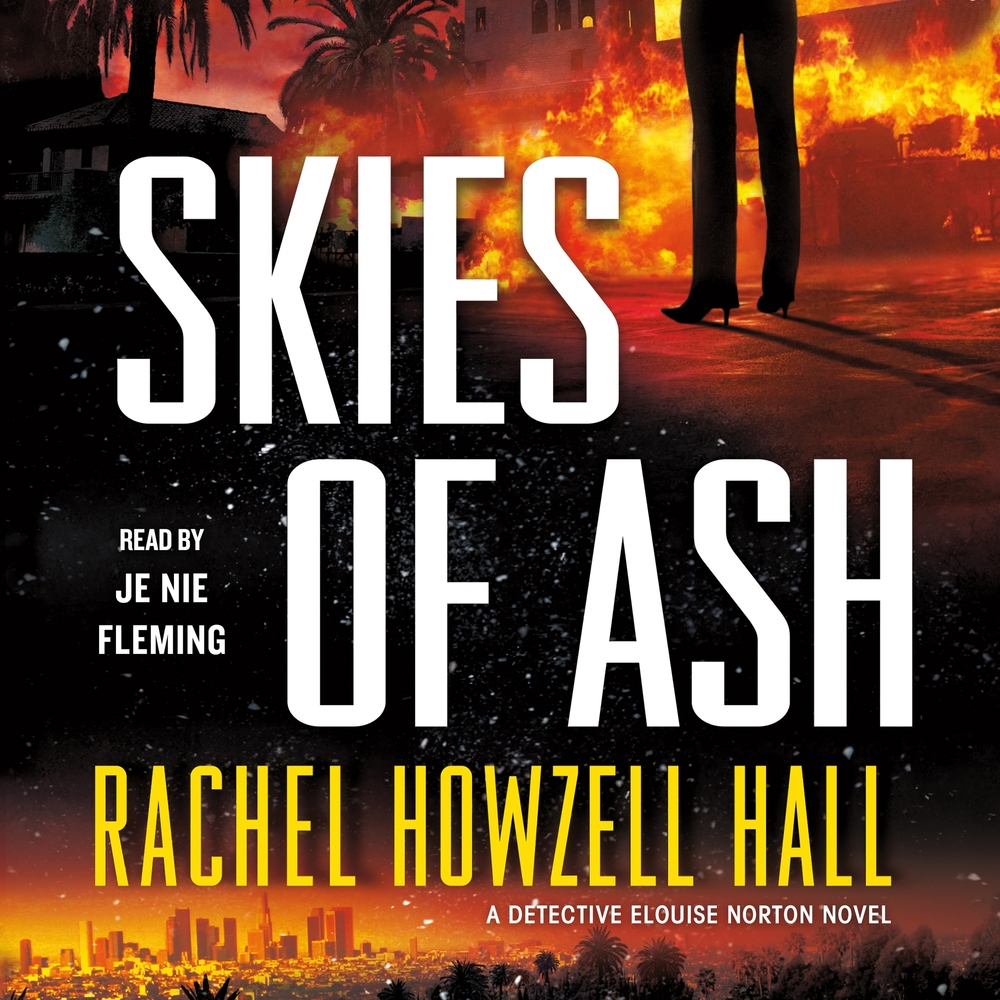Our Favorite Non-Humanoid Aliens
opens in a new window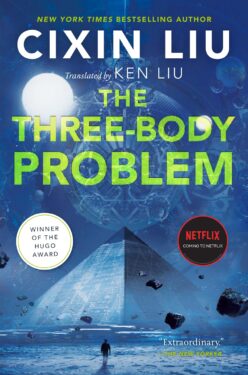 A while back, we put together a kickin’ list of aliens who might not be able to ‘kick’ in the traditional ‘human’ sense of the word, because they are not humanoids. Now, with the new opens in a new windowNetflix series of Cixin Liu’s opens in a new windowThe Three-Body Problem captivating audiences across the galaxy, we thought it’d be a great time to bring this important piece of literary listicle writing back to the forefront. Because it’s an important piece of science fiction but also because of the Trisolarans, a notably unhuman species of extraterrestrial entities.
A while back, we put together a kickin’ list of aliens who might not be able to ‘kick’ in the traditional ‘human’ sense of the word, because they are not humanoids. Now, with the new opens in a new windowNetflix series of Cixin Liu’s opens in a new windowThe Three-Body Problem captivating audiences across the galaxy, we thought it’d be a great time to bring this important piece of literary listicle writing back to the forefront. Because it’s an important piece of science fiction but also because of the Trisolarans, a notably unhuman species of extraterrestrial entities.
Check that list out below!
by Emily Hughes
The idea that any aliens the human race might encounter will look even vaguely humanoid is so tired. While the proliferation of humanoid aliens in science fiction is understandable – it can be hard to conceive of creatures so foreign we might not even recognize them as sentient. But it does happen! Here are five more of our favorite non-humanoid aliens in sci-fi.
The Ghorf ( opens in a new windowKnight by Timothy Zahn)
opens in a new window When Nicole first wakes up on board the ship Fyrantha, she’s understandably a little unsettled by the appearance of Kahkitah, a bipedal shark-like alien who seems to be made of melted down glass marbles. But these chondrichthian creatures aren’t nearly as fierce as they look – mostly they serve as counsel and muscle on the densely-populated, living spacecraft.
When Nicole first wakes up on board the ship Fyrantha, she’s understandably a little unsettled by the appearance of Kahkitah, a bipedal shark-like alien who seems to be made of melted down glass marbles. But these chondrichthian creatures aren’t nearly as fierce as they look – mostly they serve as counsel and muscle on the densely-populated, living spacecraft.
Rainbow Bamboo ( opens in a new windowSemiosis by Sue Burke)
opens in a new window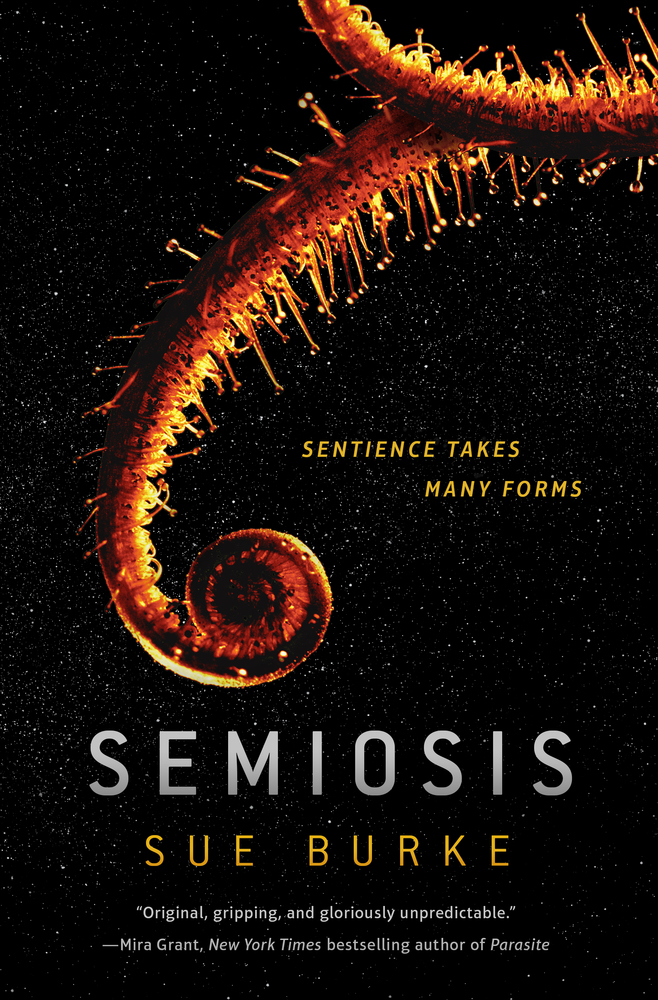 Semiosis is a first-contact novel about plants, and at its heart is the relationship between the human settlers on the planet Pax, and a species of plant known as rainbow bamboo, which has a collective consciousness that takes the name Stevland (long story). Stevland’s voice, once it and the settlers have figured out how to communicate, is fascinating – it has awareness of all parts of its root network at once, and can manipulate its chemical reactions to grow faster, slower, in new places, or to communicate danger or opportunity to its human friends and other plants alike.
Semiosis is a first-contact novel about plants, and at its heart is the relationship between the human settlers on the planet Pax, and a species of plant known as rainbow bamboo, which has a collective consciousness that takes the name Stevland (long story). Stevland’s voice, once it and the settlers have figured out how to communicate, is fascinating – it has awareness of all parts of its root network at once, and can manipulate its chemical reactions to grow faster, slower, in new places, or to communicate danger or opportunity to its human friends and other plants alike.
Sandworms (The opens in a new windowDune series by Frank Herbert, Brian Herbert, and Kevin J. Anderson)
 How could we not include Sandworms, honestly? They’re iconic in the science fiction world, and for good reason. These leviathans, indigenous to the planet Arrakis, are instrumental to the production of the highly valued spice melange, though they’re intermittently dangerous to the people who harvest said spice. And though the sandworms can be managed and (occasionally) ridden, they can never truly be tamed.
How could we not include Sandworms, honestly? They’re iconic in the science fiction world, and for good reason. These leviathans, indigenous to the planet Arrakis, are instrumental to the production of the highly valued spice melange, though they’re intermittently dangerous to the people who harvest said spice. And though the sandworms can be managed and (occasionally) ridden, they can never truly be tamed.
The Gelet ( opens in a new windowThe City in the Middle of the Night by Charlie Jane Anders)
opens in a new window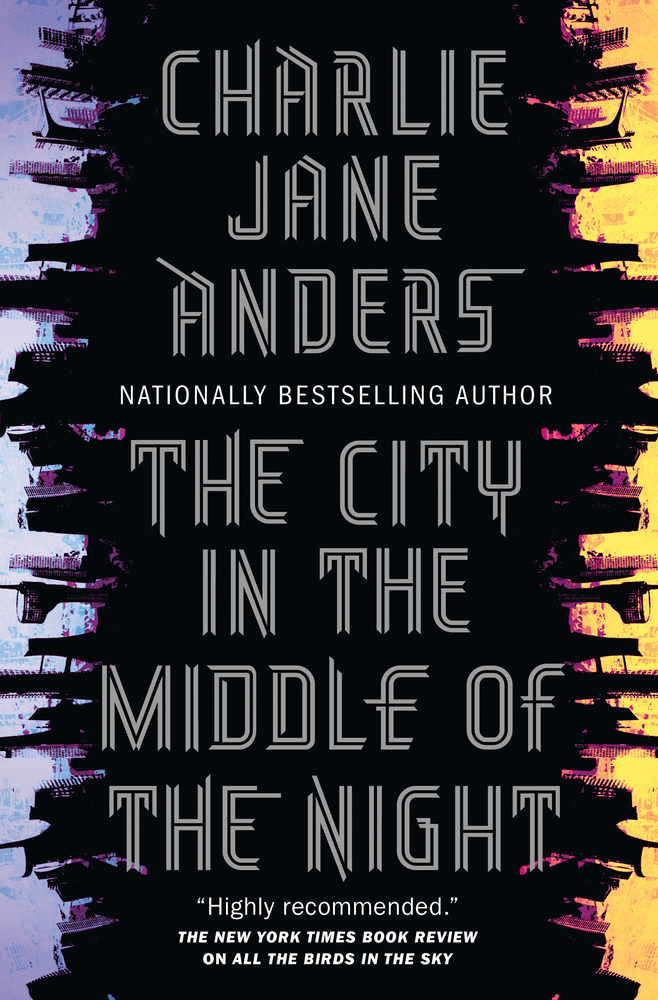 On the planet January, human settlers are limited to two habitable cities – but outside those cities, in the planet’s dark, cold hemisphere, live a species reviled and feared by humans: the furry, tentacled Gelet.
On the planet January, human settlers are limited to two habitable cities – but outside those cities, in the planet’s dark, cold hemisphere, live a species reviled and feared by humans: the furry, tentacled Gelet.
The Gelet are a species of individuals who share a telepathic group mind and a collective memory. They’re sentient, empathetic, and ambitious, aiming for a goal as lofty as saving their dying planet. And when Sophie, the protagonist, befriends them, they introduce her to a future filled with one thing she never anticipated: hope.
Aunt Beast (A Wrinkle in Time by Madeleine L’Engle)
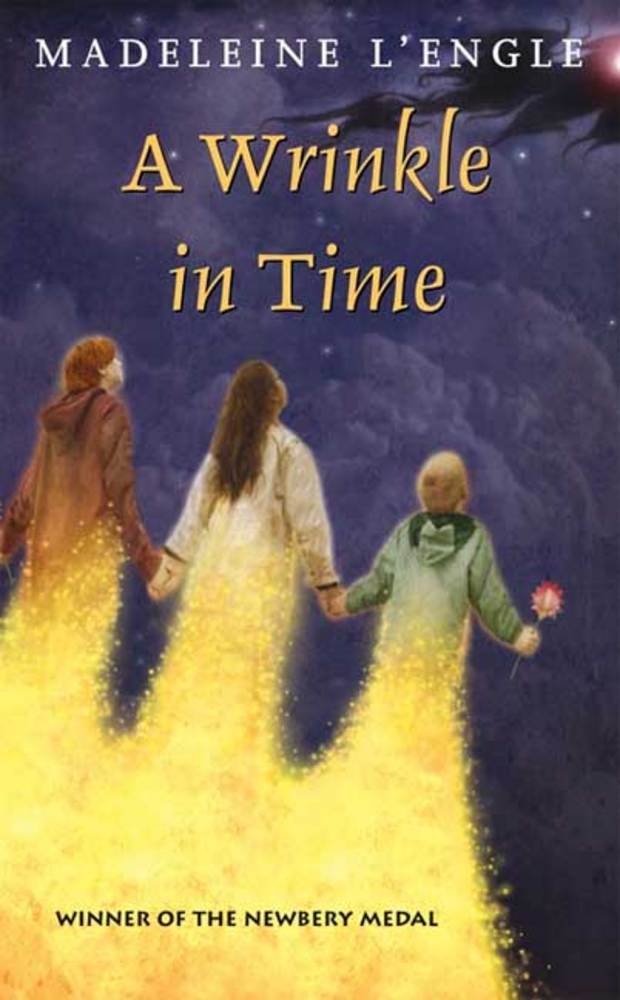 As Meg Murry recovers from her confrontation with IT, she’s nursed back to health by the four-armed, eyeless, furry creature she comes to think of as Aunt Beast. Aunt Beast is a gift, a being who writer Jaime Green calls “the embodiment of grace.” She loves Meg while creating space for Meg’s pain and anger – and we all need that sometimes.
As Meg Murry recovers from her confrontation with IT, she’s nursed back to health by the four-armed, eyeless, furry creature she comes to think of as Aunt Beast. Aunt Beast is a gift, a being who writer Jaime Green calls “the embodiment of grace.” She loves Meg while creating space for Meg’s pain and anger – and we all need that sometimes.

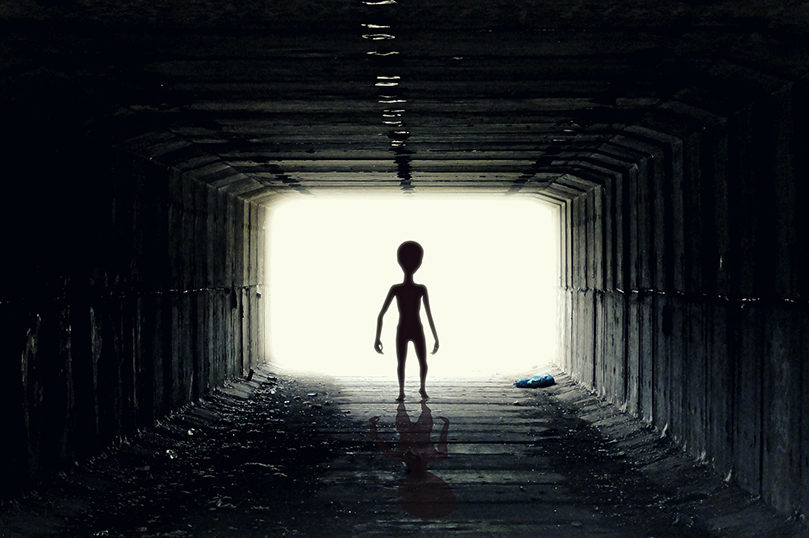
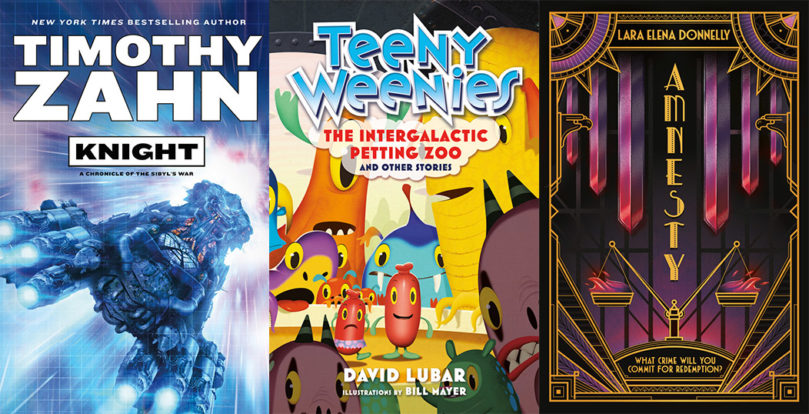
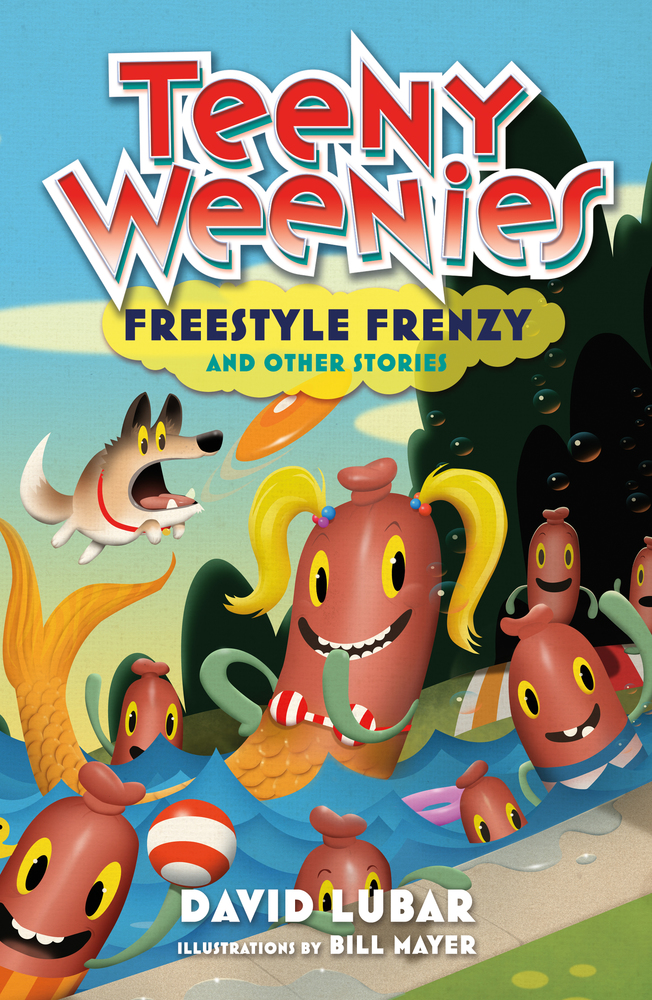 Suspiciously swift swimmers at a school swim meet cause a frenzy. A boy who likes to litter finally gets the meaning of Earth Day. A girl and her dad go on a fishing trip and catch the surprise of a lifetime. Young chapter book readers ages 7 to 10, reluctant readers, and fans of very short stories will be entertained and delighted by these twelve zany tales by award-winning author David Lubar. Wacky comic book style illustrations by Bill Mayer add to the fun.
Suspiciously swift swimmers at a school swim meet cause a frenzy. A boy who likes to litter finally gets the meaning of Earth Day. A girl and her dad go on a fishing trip and catch the surprise of a lifetime. Young chapter book readers ages 7 to 10, reluctant readers, and fans of very short stories will be entertained and delighted by these twelve zany tales by award-winning author David Lubar. Wacky comic book style illustrations by Bill Mayer add to the fun.